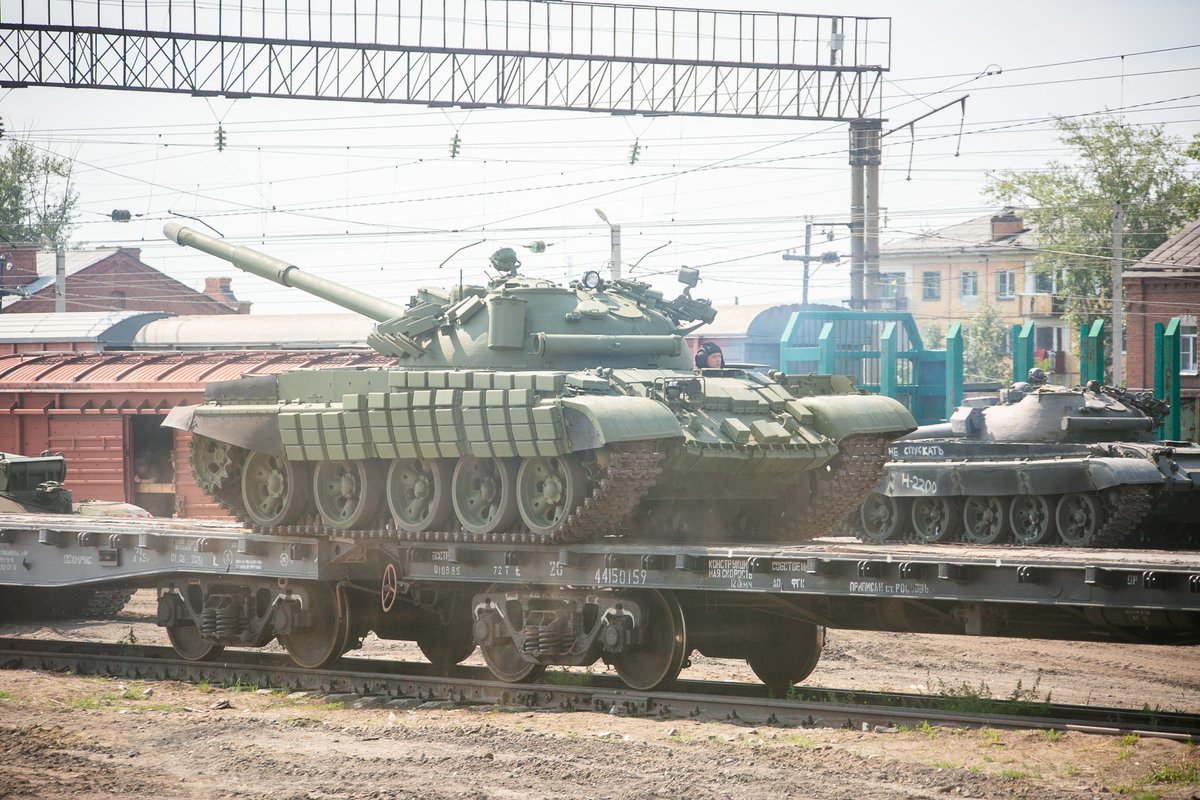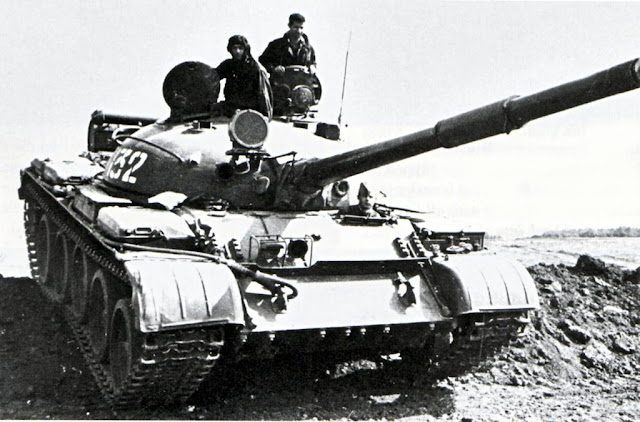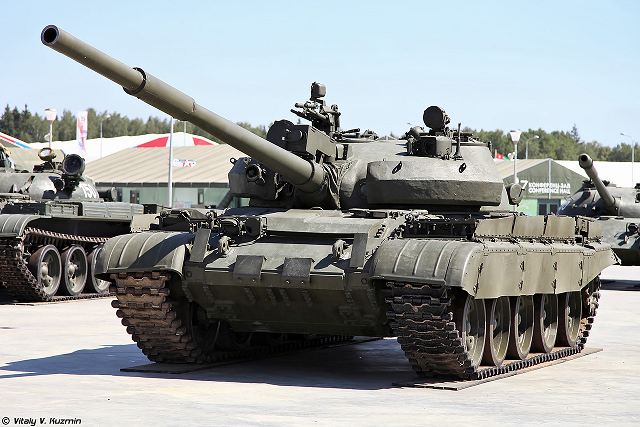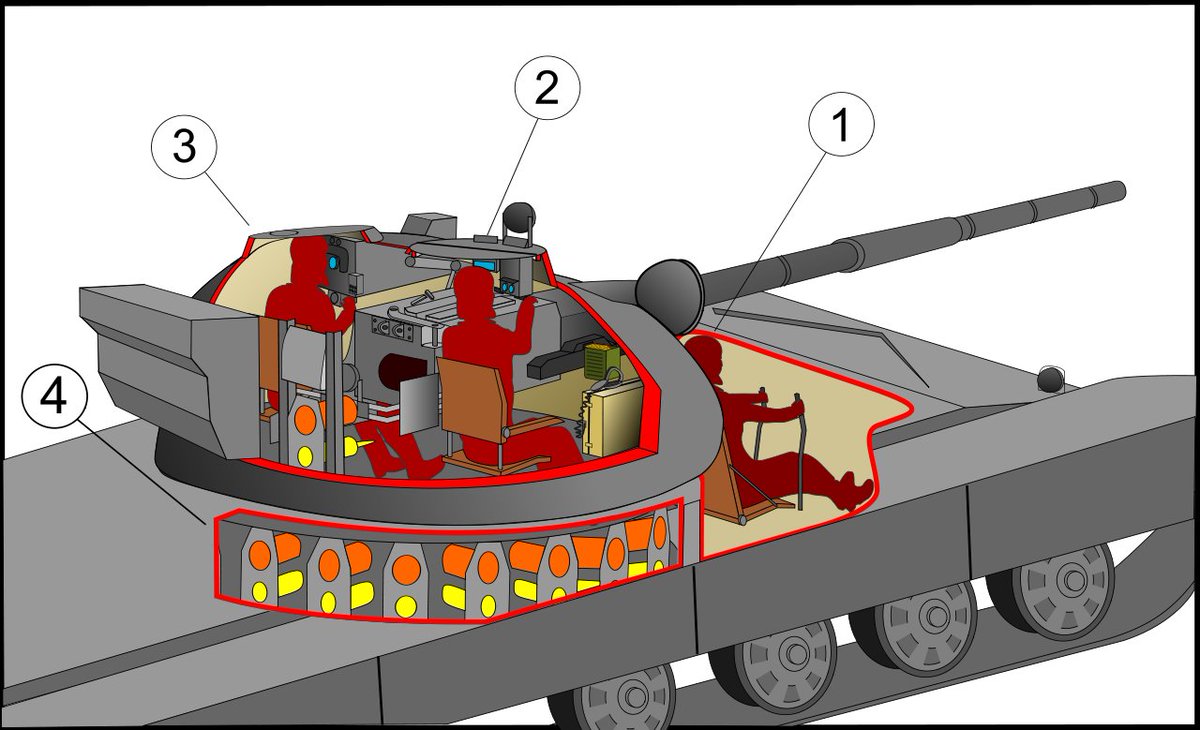
Could Ukraine destroy the longest bridge in Europe - Russia's link to Crimea - and does Joe Biden hold the key to helping it do so? A 🧵 on why this matters, and an exploration of the mechanics of bridge-busting. /1 

Bridges have been prime targets since the start of the Ukraine war. Ukraine says more than 300 of its bridges and overpasses have been destroyed since the start of the war. /2
Both sides have been responsible - including Ukraine targeting its own bridges. But why destroy bridges? First, you might want to block enemy movements, as Ukraine did when it blew up a railway bridge connecting it to Russian-occupied Transnistria. /3
Second, you might want to take tactical advantage of an enemy crossing a bridge that you've targeted for destruction. Bonus points if you manage to bring the bridge down with enemy units on it. /4 

Third, you may wish to target bridges deep in the enemy's rear areas to block key transport routes, as Russia has done quite extensively - in this case in the city of Dnipro. /5
Confusingly, both sides may switch between targeting and defending the same bridges as the conflict develops. In WW2, the Allies bombed Germany's Rhine bridges to hinder the Germans - then fought off German attacks to defend the Remagen bridge when they captured it. /6 

The story of the Remagen bridge highlights another issue: destroying a bridge (and keeping it destroyed) isn't straightforward. If you control the bridge, you can try demolishing it with explosives - this video demonstrates how. /7
But this isn't foolproof, as the Germans found when their attempt to blow the Remagen bridge failed. Even a badly damaged bridge can still be used, though this one in Sumy would honestly give me nightmares. /8
If you don't control the ground, stand-off weapons - aerial bombs or missiles - are alternatives. But these raise problems of their own. How do you accurately target a relatively narrow target like a bridge? The UK in WW2 used brute force - the heaviest bomb ever made. /9 

The 22,000 lb (10,000 kg) Grand Slam bomb was designed to explode deep underground and create a giant crater or camouflet into which structures, like bridge pillars, would collapse. It was successful but expensive to make and difficult to use. /10
Elsewhere, the Allies had success destroying bridges over the Seine and other rivers through massive bombing raids, though as usual with non-guided weapons these involved a lot of sorties, a lot of misses, and a lot of aircraft losses. /11 

Matters didn't improve much until the Vietnam War. The US unsuccessfully targeted the Thanh Hóa Bridge with 873 sorties, costing the lives of at least 100 American pilots. It was finally brought down by some of the first laser-guided bombs (LGBs). /12
The first Gulf War in 1991 saw the US-led Coalition attacking many Iraqi bridges using 2,000 lb bombs. They adopted a system of attacking abutments with GBU-24 LGBs before knocking out the middle support sections with GBU-15 manually guided bombs. /13
So air power works, as long as you can reach the target. But very unusually, in the Ukraine war neither side has established air dominance and neither can carry out long-range bombing raids. However, both have the option of using long-range missiles instead. /14
Russia has 3M-54 Kalibr and older Kh-101 cruise missiles, as well as anti-shipping missiles which could be used against land targets. They range up to 3,000 km and are accurate enough to hit bridges, but are scarce, expensive and hard to replace. /15
Both sides operate Iskander ballistic missiles with a range of 400-500 km, 480-700 kg warheads and a claimed 5 m accuracy for newer Russian versions - likely good enough to be able to hit bridges. Ukrainian versions' accuracy is likely less good. /16
They also both have OTR-21 Tochka ballistic missiles, which are short-range weapons - 185 km (115 mi) and an accuracy of between 70-150 m, depending on model. But this is too inaccurate to successfully target a bridge. /17
Ukraine also has the now-famous R-360 Neptune missiles that sank the Russian ship Moskva, but they're not land attack weapons, they have a relatively short range (280 km) and a small (150 kg) warhead, and likely only exist in very small numbers. /18
Cruise missiles' warheads, however, are smaller than many aerial bombs - 400-500 kg for Kalibrs. So they would need a lucky hit to be able to bring down a large bridge in one shot. A good example of this is the Pidyomnyy Bridge in Ukraine's far south-west. /19 

This bridge over the Dniester estuary has been attacked repeatedly by Russian cruise missiles. Photos taken after one of the first strikes showed only limited damage - a section of destroyed roadway but an apparently usable railway track and undamaged second roadway. /20 







Since then, Russia has hit the Pidyomnyy Bridge several more times. Its status is currently unclear, as the Ukrainian government seems to have thrown a blanket of secrecy over it - no more photos have emerged. But it's an expensive and inefficient method of attack. /21
It also shows the limitations of attacking bridges, even with precision munitions. If a munition only hits the roadway, it will likely leave a hole which could be repaired. The only really reliable method is to hit the abutments or pillars and cause a span to drop. /22
Even then, it's still possible to make repairs. The North Vietnamese were especially good at this. In Ukraine, Russian combat engineers have successfully repaired at least one bridge over the Siverskyi Donets river. Permanent destruction isn't easy. /23
Back finally to the Crimea bridge. Let's look first at why it's important and how Russia defends it. /24
The bridge is actually two structures: parallel road and rail bridges, opened in 2018 and 2019 respectively. At 19 km (11.8 mi), they're Europe's longest bridges. They're literally concrete expressions of Russia's 2014 annexation of Crimea. /25 

Building them was strategically essential for Russia. Crimea's land connections were cut off after 2014, leaving it reliant on a low-capacity ferry link across the Kerch Strait. The bridge enables military equipment to cross rapidly and easily. /26
Cutting the bridge would be a big propaganda and potential strategic boost for Ukraine, as it could allow Crimea to be re-bottlenecked. But Russia is very well aware of this risk and has built extensive defences around the strait. /27
When the bridge was built, Russia assigned it the highest priority for defence - on a par with nuclear power stations. According to Russia's Komsomolskaya Pravda, the bridge is protected by thickly layered defences on the ground, air and sea. /28
These include:
* a Cosmos-K spy satellite monitoring the bridge
* fighter and anti-submarine air patrols
* S-400 and Pantsir-S1 air defences plus MANPADs
* Bal and Bastion anti-shipping missiles
* over-the-horizon radar stations
* anti-sabotage boats operated by Rosgvardia /29
* a Cosmos-K spy satellite monitoring the bridge
* fighter and anti-submarine air patrols
* S-400 and Pantsir-S1 air defences plus MANPADs
* Bal and Bastion anti-shipping missiles
* over-the-horizon radar stations
* anti-sabotage boats operated by Rosgvardia /29

* the Plavnik anti-sabotage system and sonars to monitor the waters around the bridge
* combat swimmers of the Black Sea Fleet and the special naval brigade of the National Guard, and allegedly combat dolphins.
So, quite a formidable set of defences (on paper at least). /30
* combat swimmers of the Black Sea Fleet and the special naval brigade of the National Guard, and allegedly combat dolphins.
So, quite a formidable set of defences (on paper at least). /30
Ukraine certainly has the will to attack the Crimea Bridge. Oleksiy Danilov, Secretary of the National Security and Defense Council of Ukraine said on 21 April, "If there is an opportunity to this end, we will definitely do it." But could it do it? /31
At the moment it seems very unlikely - its current weapons won't reach that far. But this may be about to change - reports yesterday suggest that the US may be about to give Ukraine M142 HIMARS or M270 MLRS systems. This could indeed threaten the Crimea Bridge. /32
Both systems can fire the MGM-140 Army Tactical Missile System (ATACMS), with a range of 310 km (190 miles) and an accuracy of 10-50 m. This puts the bridge comfortably in range, with the nearest Ukrainian-held territory about 260 km away. /33 

So is the Crimea Bridge about to fall? Actually, I doubt it. There are great difficulties and arguably poor returns for Ukraine attacking it. First, it's not one bridge but two - destroying only one would not help much. Tanks can come by road or rail. /34
Second, ATACMS doesn't compare in destructive power to an aerial bomb. Its HE warhead weighs up to about 247 kg or 544 lb - a quarter of the weight of a 2,000 lb BLU-109/MK 84 bomb. Multiple attacks would likely be needed. /35
Third, don't underestimate the S-400 missiles around the bridge - they're formidable defences against ballistic missiles as well as aircraft or cruise missiles. There's a realistic chance they could take out incoming ATACMS. /36
Fourth, the importance of Russia's ability to resupply Crimea via the bridge has diminished now that it's established a land corridor across southern Ukraine. Blowing up the bridge would cause a hindrance but not a military crisis. /37
Finally, there are likely to be much more important targets to focus on. I don't think Ukraine will want to expend relatively rare ATACMS (assuming they'll be getting them) on high-risk, low-reward targets when there are better opportunities elsewhere. /38
So in conclusion, I think the Crimea Bridge is likely to be safe during this war, whether or not Ukraine gets HIMARS. The anonymous person who thought up the online "Crimean Bridge Down" countdown clock to troll Russia's Victory Day celebrations will likely have a long wait. /end 

@OSINTEng @Militarylandnet @RALee85 @War_Mapper @Blue_Sauron @Osinttechnical @oryxspioenkop @TrentTelenko @MarkHertling @DomNicholls @Nrg8000 @UAWeapons @TrueFactsStated @WarintheFuture @KofmanMichael @michaeldweiss @aravosis @JoshManning23 @general_ben @tomiahonen
• • •
Missing some Tweet in this thread? You can try to
force a refresh












